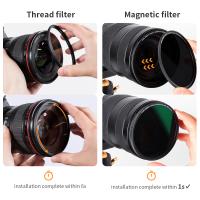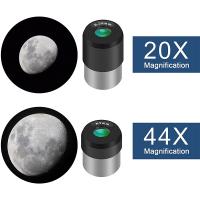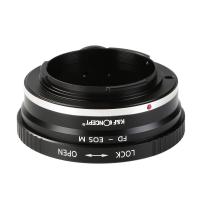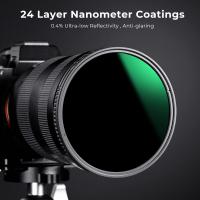Why Use Oil In Microscope ?
Oil is used in microscopes to improve the resolution and clarity of the image. When light passes through a specimen on a microscope slide, it undergoes refraction, which can cause the image to appear blurry. By placing a drop of oil with a high refractive index between the slide and the objective lens, the light is able to pass through without undergoing as much refraction. This results in a clearer and more detailed image, allowing for better visualization of the specimen's fine details. Oil immersion microscopy is particularly useful when examining specimens with high magnification objectives, such as in oil immersion objectives, as it helps to maximize the resolving power of the microscope.
1、 Lubrication: Reducing friction between moving parts for smooth operation.
Why use oil in a microscope? One of the main reasons is for lubrication, which helps reduce friction between moving parts for smooth operation. Microscopes have numerous mechanical components that need to move smoothly and precisely in order to provide accurate and clear images. Without proper lubrication, these moving parts can experience increased friction, leading to wear and tear, decreased performance, and potential damage to the microscope.
Oil is commonly used as a lubricant in microscopes due to its ability to reduce friction and provide a smooth surface for the moving parts to glide upon. It forms a thin film between the surfaces, preventing direct contact and minimizing the generation of heat and wear. This ensures that the microscope functions optimally and maintains its accuracy over time.
In addition to lubrication, oil also helps to prevent corrosion and rusting of the microscope's metal components. Microscopes are often used in environments with varying humidity levels, and the presence of oil can create a protective barrier against moisture, preventing the formation of rust and extending the lifespan of the microscope.
Furthermore, the choice of oil used in microscopes is crucial. Different types of oils have varying viscosities and properties, and selecting the appropriate oil ensures optimal lubrication and performance. High-quality microscope oils are designed to have low volatility, meaning they do not evaporate easily, providing long-lasting lubrication.
It is worth noting that with advancements in technology, some modern microscopes now utilize alternative lubricants, such as synthetic oils or greases, which offer improved performance and longevity. These lubricants are specifically formulated to meet the demands of high-resolution imaging and precision movements.
In conclusion, the use of oil in microscopes is essential for lubrication, reducing friction between moving parts, and ensuring smooth operation. It also helps prevent corrosion and rusting, extending the lifespan of the microscope. As technology advances, the choice of lubricants may evolve, with synthetic oils and greases becoming more prevalent in modern microscope designs.

2、 Immersion: Enhancing the resolution and clarity of microscope images.
Oil immersion is a technique used in microscopy to enhance the resolution and clarity of microscope images. It involves placing a drop of oil with a high refractive index between the microscope objective lens and the specimen being observed. This technique is particularly useful when studying specimens with high magnification, such as bacteria or cells.
The main reason for using oil immersion is to minimize the loss of light due to refraction. When light passes through different media with varying refractive indices, such as air and glass, it undergoes refraction, causing the light rays to bend. This refraction can lead to a loss of resolution and clarity in the microscope image. By using oil with a refractive index similar to that of glass, the light rays can pass through the specimen without significant refraction, resulting in improved image quality.
Additionally, oil immersion helps to increase the numerical aperture (NA) of the objective lens. The NA is a measure of the lens's ability to gather and resolve fine details of a specimen. By using oil with a higher refractive index than air, the NA of the lens is increased, allowing for higher resolution and improved clarity of the image.
In recent years, there have been advancements in microscopy techniques, such as confocal microscopy and super-resolution microscopy, which have revolutionized the field. These techniques have allowed for even higher resolution and clarity in microscope images, surpassing the limitations of traditional oil immersion microscopy. However, oil immersion remains a widely used technique in many laboratories and is still considered essential for achieving high-quality images, especially when using high magnification objectives.
In conclusion, the use of oil immersion in microscopy is crucial for enhancing the resolution and clarity of microscope images. While newer techniques have emerged, oil immersion continues to be a valuable tool in the field of microscopy, providing researchers with detailed and accurate observations of microscopic specimens.

3、 Refractive index matching: Minimizing light refraction for improved image quality.
Why use oil in a microscope? One of the main reasons is to achieve refractive index matching, which minimizes light refraction and improves image quality. When light passes through different mediums with varying refractive indices, such as air and glass, it can bend or refract, leading to distortion and reduced clarity in the image observed through the microscope. By using oil with a refractive index similar to that of glass, this issue can be mitigated.
Oil immersion microscopy is commonly used in high-resolution microscopy techniques, such as oil immersion objectives. These objectives have a higher numerical aperture, allowing for increased resolution and improved image quality. However, the refractive index of glass is significantly different from that of air, leading to significant light refraction at the air-glass interface. This refraction can cause blurring and distortion of the image.
By placing a drop of oil with a refractive index similar to that of glass between the objective lens and the specimen, the refractive index mismatch is minimized. This results in a reduction in light refraction, allowing for clearer and sharper images. The oil fills the space between the objective lens and the specimen, eliminating the air-glass interface and ensuring that light passes through a medium with a consistent refractive index.
The use of oil immersion objectives and refractive index matching has become even more crucial with the advancement of super-resolution microscopy techniques. These techniques require higher numerical apertures and greater precision in image acquisition. Oil immersion objectives, combined with appropriate refractive index matching, enable researchers to achieve the highest possible resolution and image quality.
In conclusion, the use of oil in microscopy is essential for refractive index matching, which minimizes light refraction and improves image quality. This technique has become increasingly important with the development of high-resolution and super-resolution microscopy techniques, allowing researchers to obtain clearer and more detailed images of specimens.
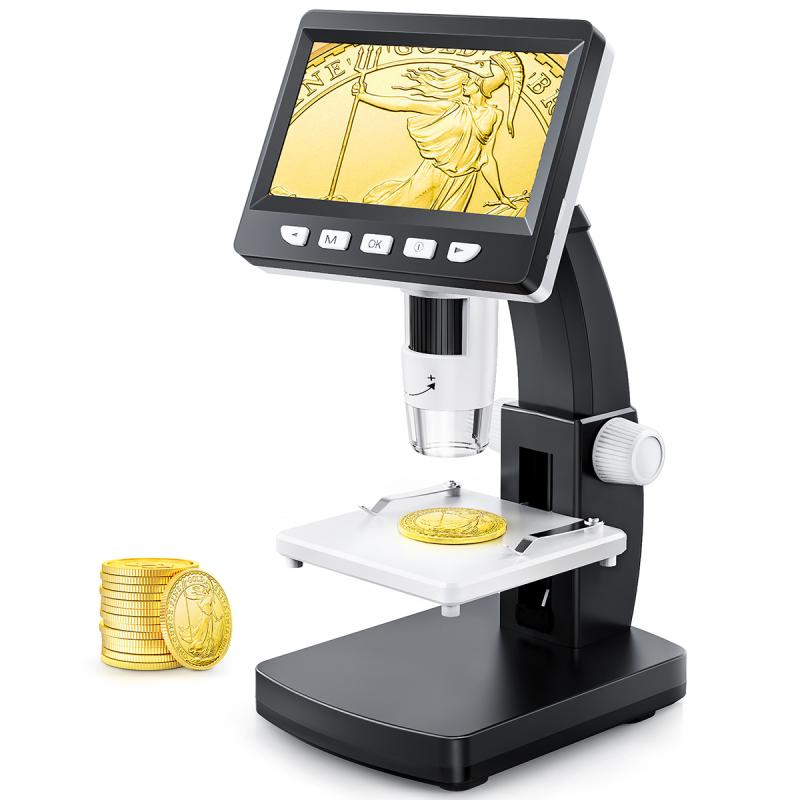
4、 Heat dissipation: Preventing overheating of microscope components during use.
One of the main reasons to use oil in a microscope is for heat dissipation, which helps prevent overheating of microscope components during use. Microscopes generate heat due to the intense light source and the movement of mechanical parts. This heat can potentially damage sensitive components and affect the accuracy of observations.
Using oil as a heat dissipating medium helps to transfer the heat away from critical components, such as the objective lens and the stage. The oil acts as a thermal conductor, absorbing and dispersing the heat generated by the microscope. This prevents the temperature from rising to levels that could cause damage or affect the performance of the microscope.
Moreover, oil has a high specific heat capacity, meaning it can absorb a significant amount of heat before its temperature increases. This property allows the oil to effectively absorb and distribute the heat generated by the microscope, preventing localized overheating.
In addition to heat dissipation, using oil in microscopy also has other benefits. It helps to improve the resolution and clarity of images by reducing the refractive index mismatch between the specimen and the objective lens. This allows for better light transmission and minimizes aberrations, resulting in sharper and more detailed images.
Furthermore, oil immersion microscopy has become increasingly important in modern microscopy techniques, such as confocal microscopy and super-resolution microscopy. These techniques require high numerical aperture objectives, which can only be achieved with oil immersion. The use of oil enables the collection of more light and enhances the resolution and contrast of the images.
In conclusion, the use of oil in microscopy serves multiple purposes. Apart from heat dissipation, it improves image quality and enables advanced microscopy techniques. As technology advances, the use of oil in microscopy continues to play a crucial role in enhancing the performance and capabilities of microscopes.








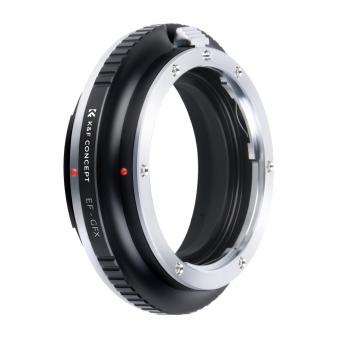
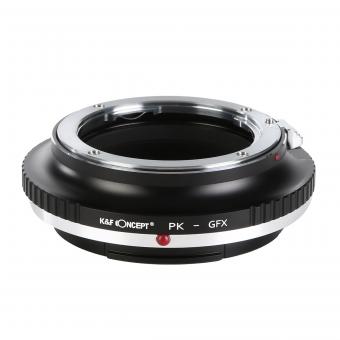
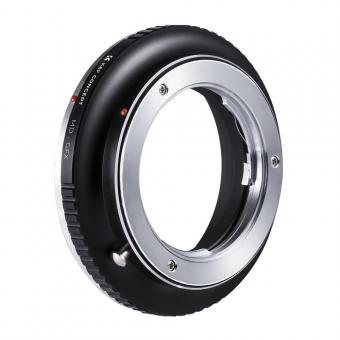










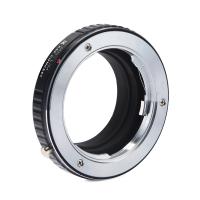




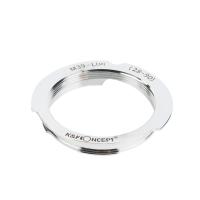

![4K digital camera for photography and video [autofocus and stabilisation] 48 MP video blog camera with SD card, 3 4K digital camera for photography and video [autofocus and stabilisation] 48 MP video blog camera with SD card, 3](https://img.kentfaith.de/cache/catalog/products/de/GW41.0065/GW41.0065-1-200x200.jpg)




